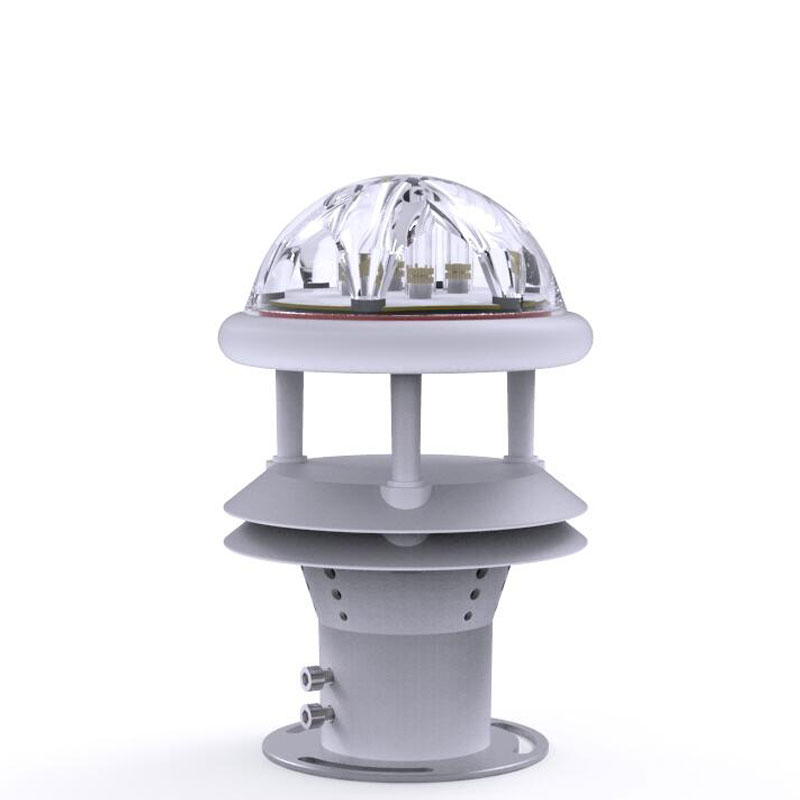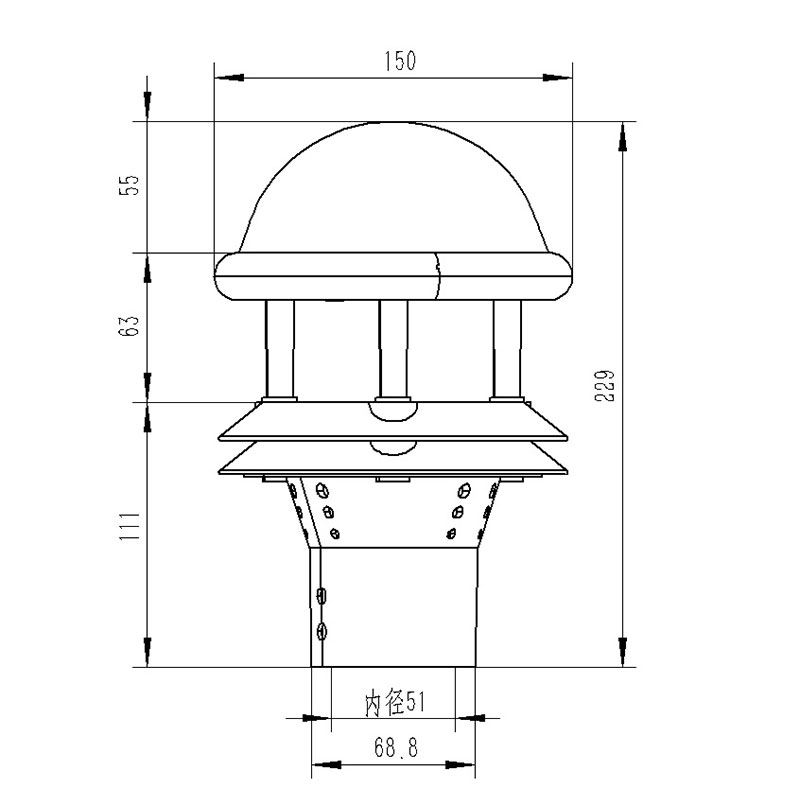Shandong Fengtu IOT Technology Co., Ltd
Sales Manager:Ms. Emily Wang
Cel,Whatsapp,Wechat:+86 15898932201
Email:info@fengtutec.com
Add:No. 155 Optoelectronic Industry Accelerator, Gaoxin District, Weifang, Shandong, China

Sales Manager:Ms. Emily Wang
Cel,Whatsapp,Wechat:+86 15898932201
Email:info@fengtutec.com
Add:No. 155 Optoelectronic Industry Accelerator, Gaoxin District, Weifang, Shandong, China

Model:FT-G1
Brand:fengtu
1.Optical Rain Gauge Product Introduction
Optical Rain Gauge determines the presence of raindrops by transmitting beams and receiving scattered light, and calculates rainfall based on the number and size of raindrops.Optical Rain Gauge uses three-channel narrow-band infrared detectors and pure sinusoidal AC signal sources. It has the advantages of high accuracy, strong resistance to ambient light, maintenance-free, and compatibility with other optical sensors (light, ultraviolet radiation, total radiation). It can be widely used in meteorology, agriculture, municipal administration, transportation and other industries. The sensor adopts a low-power design and can be used in unmanned observation stations in the field.
2. Features of Optical Rain Gauge
The Optical Rain Gauge uses a pure sinusoidal infrared light source, a built-in narrow-band filter, and a rain-sensing surface of 78 square centimeters. It can measure rainfall with high precision and is not affected by high-intensity sunlight. The high-transmittance rain-sensing cover does not affect direct sunlight and is compatible with other built-in optical sensors, such as illumination, total radiation, and ultraviolet sensors. (Invention patent, patent number ZL 2022 1 1306149.3)
3. Technical Parameters of Optical Rain Gauge
1. Power supply voltage: DC12V
2.Sensor power consumption: 0.12W
3. Current: 10ma DC12V
4. Rainfall resolution: 0.01mm
5.Rain intensity range: 0-4mm/min
6. Measurement accuracy: ≤±4%
7. Working environment: -40~85℃, 0~100%RH
4. Optical Rain Gauge Product Dimensions

5. Notes on Optical Rain Gauge
1. The sensor should be within a radius of 1 meter horizontally without any obstruction to avoid the impact of water droplets splashing
2. The sensor should be installed in a place where trees are not blocking the sensor, and the sensor should also be installed in a place where trees are not blocking the sensor.
3. To ensure measurement accuracy, the sensor should be installed horizontally
A weather phenomenon sensor is a sensor used to measure and identify various weather phenomena in the environment. It can identify the type of precipitation and snowfall and differentiate between weather phenomena such as drizzle, light rain, moderate rain and heavy rain. It can also be equipped wit...
The RS485 Tube Soil Temperature and Humidity is a layered soil moisture determination device that uses frequency domain reflectance (FDR) technology to measure the moisture and salt content of the soil. This technology determines the dielectric constant of the soil by analyzing the frequency change...
Water level automatic monitoring system is recommended FT-SW1, which is a device for automatic monitoring of river water level data launched by the manufacturer Windway Technology for the market, with a high degree of automation and independent operation in the field, without the need to send someon...
A weather station is a commonly used meteorological instrument that provides detailed meteorological data and combines it with specific application scenarios, industries and specific options for the various sensing hardware devices that make it up. This equipment enables the timely and accurate dete...